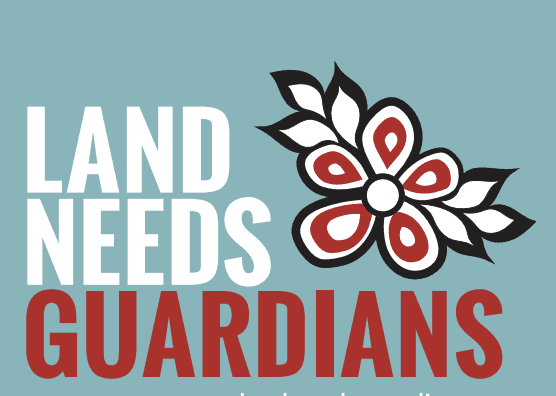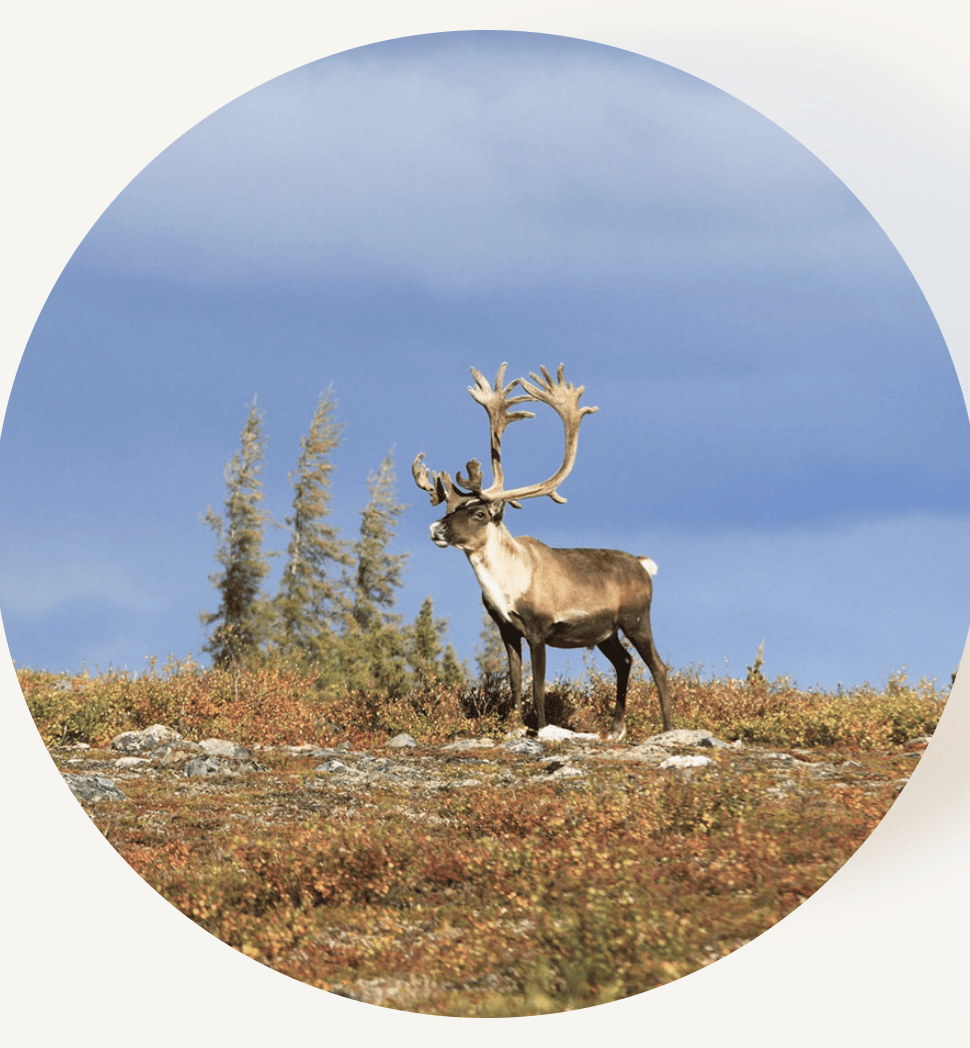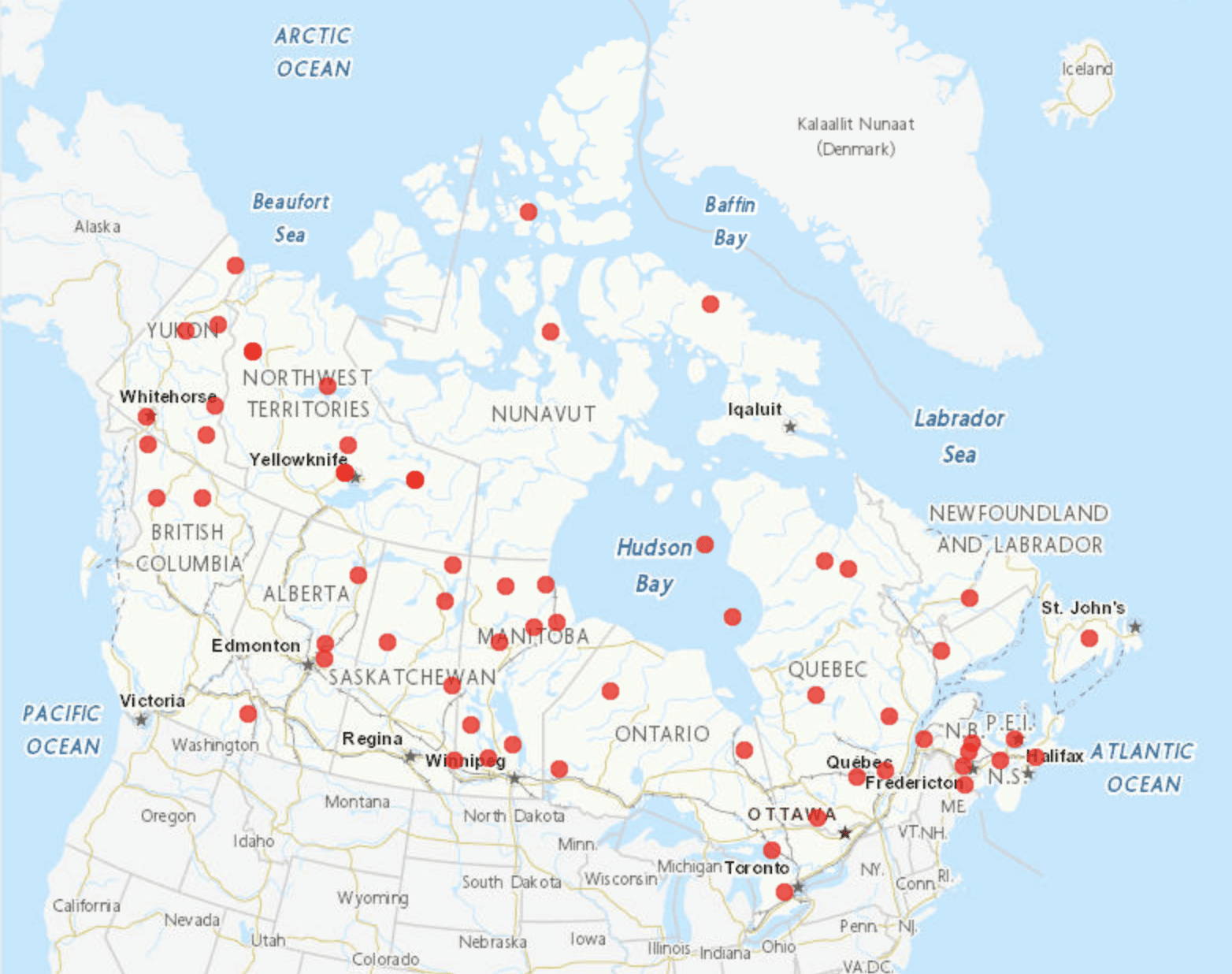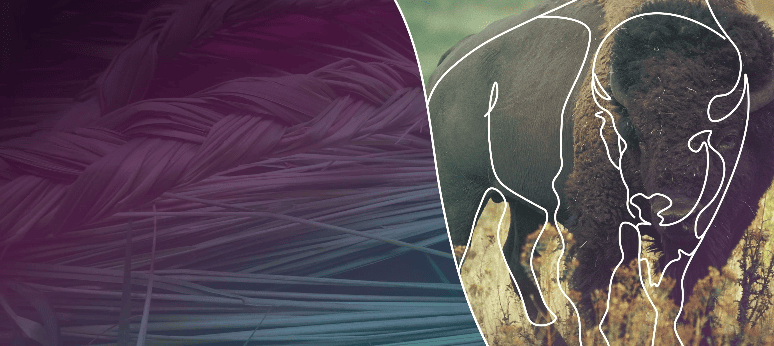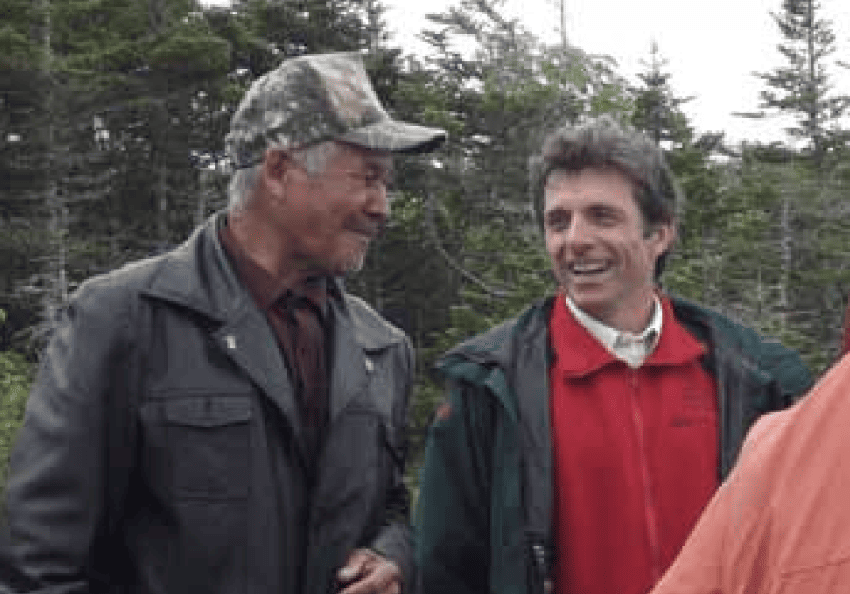Communications Guidelines: Guidelines for Communicating with/about Indigenous Partners
These Communications Guidelines developed by Nature United outlines and informs how the organization communicates with an about Indigenous partners in a respectful way.


